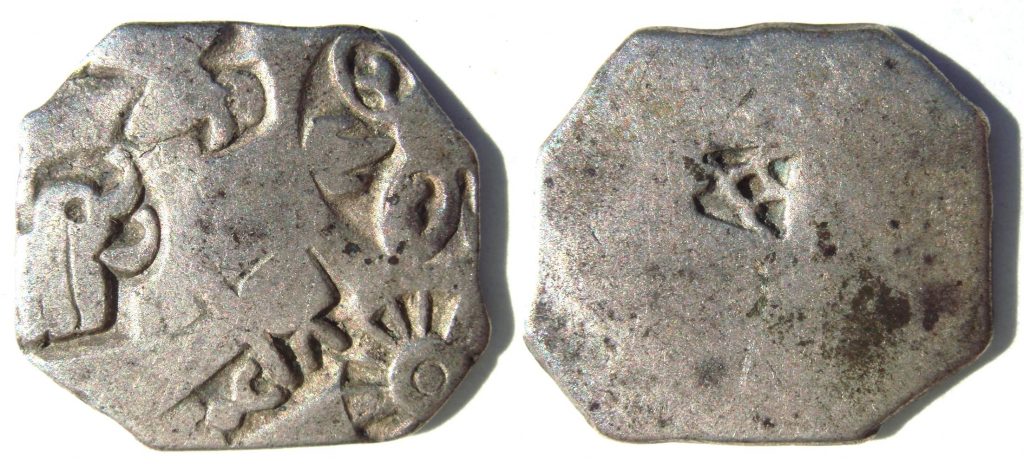The Indian rupee, the official currency of India, has a history dating centuries back. What is the history of the Indian rupee?
The Maurya Empire issued one of the earliest coins in the world in 6th century BC. These Mauryan coins were not exactly the rupee, yet the foundations of the currency.
The word “rūpiye” (Hindi for rupees) is derived from a Sanskrit word “rūpaa”, which means “wrought silver or a coin of silver”. The word is derived from the noun rūpa or “shape, likeness, image”. Arthashastra by Chanakya, who was the prime of the first Maurya emperor Chandragupta Maurya (340–290 BCE), has mentions of silver coins as rupyarupa. Arthashastra also mentions gold coins (Suvarnarupa), copper coins (Tamararupa) and lead coins (Sisarupa).

The first “rupee” is widely believed to have been introduced by Sher Shah Suri (1486–1545). The assumption is based on a ratio of 40 copper pieces (paisa) per rupee. During his brief five-year rule (540-1545), Sher Shah Suri issued a standardised silver coin called Rupiya. The currency stayed in used for a very long period even during the rule of Mughals and later British India. Interestingly, Sher Shah Suri is also the ruler who founded the Grand Trunk Road, an arterial trade route spanning across India.
During the British rule, the rupee was subdivided into 16 annas. Each anna was subdivided into 4 paise or 12 pies. So, each rupee had 16 annas or 64 paise or 192 pies. This continued even after India gained independence. In 1957, the naya paisa (literally, new paisa) was introduced as one-hundredth part of a rupee for decimilisation of the Indian rupee. Later on the naya paisa was just called paisa.
